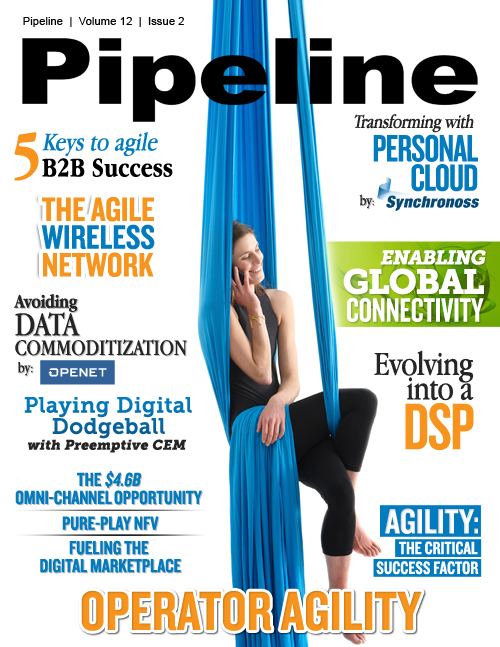The Agile Wireless Network
Life on the Edge: MEC
However, just as C-RAN seeks to centralize, there is a simultaneous push to bring more computing out to the network edge. Nokia is leading the charge, with its Liquid Applications, which brings localized processing, content storage, and access to real-time network information is made available directly into the base station.
This has a variety of benefits, according to Nokia. Content delivery is sped up considerably, increasing customer satisfaction. The company reports that download time reduction of 80% and throughput improvement in excess of 100% are achievable through use of Liquid Applications.
Another use involves maximizing capacity. Nokia estimates that only 20% of a typical radio access network's total capacity is used at any one time, with the remaining 80% sitting idle until peak hour demand. The goal of their solutions includes separating coverage from capacity, allocating peak hour capacity where and when it is needed, to reduce the need to provision for peak hours across the board.
This is particularly useful during major sporting events or festivals at which hundreds of thousands of people may be attempting to access the network at the same time. “Operators are densifying their networks by splitting macro cells or adding more network layers for the vital extra capacity needed especially in metropolitan areas,” Thorsten Robrecht,Vice President, Mobile Broadband portfolio management at Nokia Networks, said in a statement. “As the distance between cells decreases and network layers increase, mobile devices cause greater interference. Liquid Radio realizes the full performance of high density macro networks with increased cell density, less interference and maximum throughput.”
Nokia isn’t alone in the MEC arena. ETSI has formed the MEC working group, composed of members from Huawei, IBM, Intel, NTT DOCOMO and Vodafone, as well as Nokia.
Rather than MEC serving as a counterpoint to C-RAN, however, it is widely being seen as a complementary, synergistic function. The same platform being utilized to run centralized functions in the BBU can be used to power the action at the edge. As such, MEC and C-RAN serve as two fingers of the same glove.
Visibility. Centralization. Virtualization. Edge computing. These are the keys to agility in a rapidly changing communications landscape, and will be paramount to the evolution of the wireless network.


















